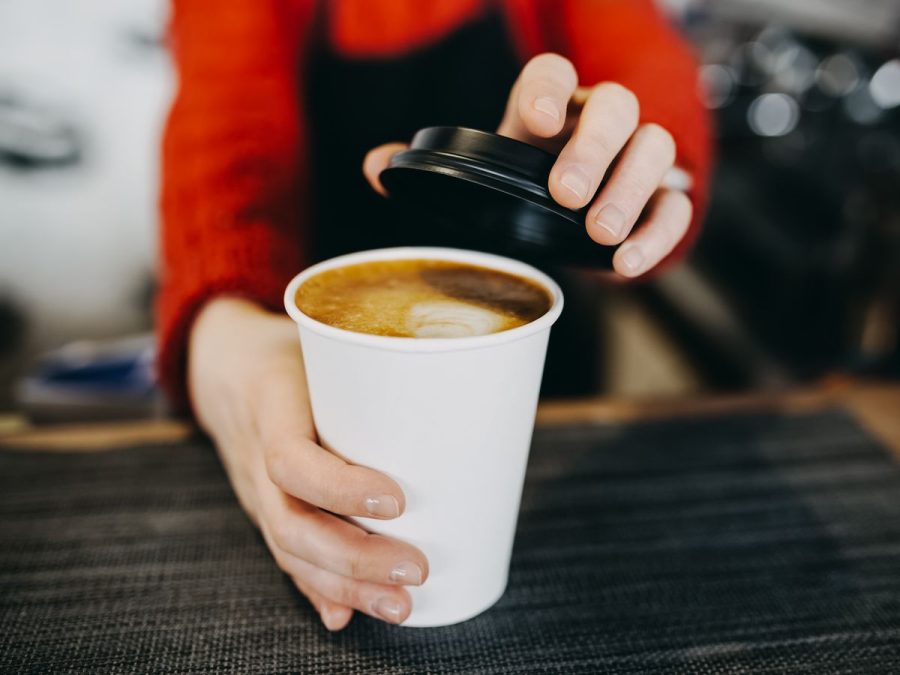Caffeine: Necessity or accessory?
June 7, 2022
You wander the Commons, your eyes drifting around cups with pink and orange bubble letters. Jittery students buzz around, the half-melted ice sloshing in their plastic cups. We run on Dunkin’, and we run to Starbucks—maybe too often. Should we slow our caffeine-induced run to a walk or just rethink our stride?
With the help of targeted branding, the recent advent of the “drink run” took sitting in a café out onto the streets and into your precalculus. Young people constitute the fastest-growing consumer base for caffeine, with nearly eight in 10 teenagers consuming caffeine on a regular basis, according to the Journal for Nutrition Education and Behavior (JNEB). At the Upper School (US), rigorous academics only amplify caffeine’s grip on tired students.
Parents and researchers have harped on the excessive adverse effects of caffeine since the cup of Joe jumped out of kitchen mugs and into to-go cups. Mayo Clinic caps daily youth caffeine intake at 100 milligrams, although most adolescent users consume 60 to 800 per day. JNEB reports high school students are aware of caffeine’s negative effects but remain oblivious to the recommended intake amounts. Let’s slow down our coffee “run” to a “jog” by only using coffee in dire situations, not as a constant necessity.
Everyone has their order. It’s an important component of any frequent coffee-goer’s aesthetic: We all know the trope about basic girls’ pumpkin spice lattes, or the lengthy list of added sugar pumps or almond milk. Social media has only aided Dunkin’ and Starbucks in branding their products to specific lifestyles by tying them to specific palettes.
The combination of marketing, memes, and cultural norms reinforces a system that generates profit by giving drinkers a denomination to identify with, solidifying a user base with applied psychology. To do this, a few brand giants lean on the age-old Pepsi- versus-Coke sales trick to attract cult followers and reinforce their ties to the products. When the morning cup of Joe was just that— generic—no one identified with their flavor swirls or favored cup colors.
The study also finds that the age group cites parents’ usage, marketing, social norms, and aesthetic appeal as influences on their coffee consumption. The study, along with countless others, notes that excessive use can cause insomnia, stress, and other problems which potentially impede the maturing process. It can even decrease concentration, contrary to its perception as a productivity life hack.
Instead of ordering on the app, examine your habits, and try to make new ones to rely on instead of caffeine. If you like the look of the cups—we don’t blame you; we do, too—try buying a reusable version and setting a water intake goal, or juice, or even reduced caffeine intake. Then you can have the aesthetic aspects without caffeine’s conundrums. Added bonuses: saving the turtles. And your wallet. If that isn’t your cup of tea—or, er, cup of coffee—start ordering the decaf version of your order and phase the caffeinated one out until your daily intake is within the recommended threshold.
Stop making caffeine as habitual as getting dressed in the morning, and turn it into a sporadically purchased reward. Your sleep will improve, your essays and Harkness discussions will become easier, and your tailored “order” will remain untouched but now reasonable for daily consumption.


